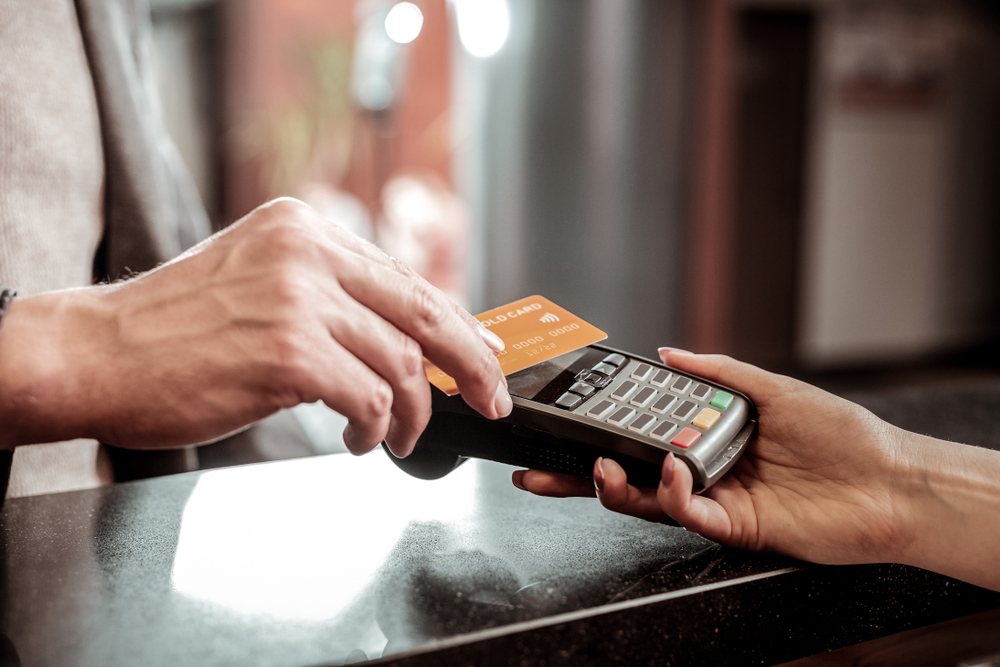UK Finance has announced the spending limit for contactless transactions will increase to £100 from 15 October onwards, following on from the announcement of the plans earlier this year.
The decision to raise the limit from £45 to £100 was made by the Financial Conduct Authority (FCA) and HM Treasury, based on public constitutions and discussion with both retail and banking, and was publicly revealed as part of the Spring Budget in March 2021.
UK Finance, the banking and financial services trading body, has outlined its hope that the new limit will ‘give customers more flexibility when shopping instore’. Customers can either ask in store or follow the prompts on a card payment machine when making a transaction to check if a retailer has updated to a new limit.
Rishi Sunak, Chancellor of the Exchequer, remarked: “Increasing the contactless limit will make it easier than ever to pay safely and securely – whether that’s at the local shops, or your favourite pub and restaurant. As people get back to the high street, millions of payments will be made simpler, providing a welcome boost for retailers and shoppers.”
Consumers wishing to conduct transactions of more than £100 will be continue to be able to via the traditional cash or Chip & PIN methods, although Apple Pay and Google Pay can be used to carry out contactless payments as these methods have no upper limit when authenticated through biometric technologies such as fingerprint or facial recognition.
The move to increase the limit comes as the UK increasingly embraces cashless payment methods – a process exacerbated by the COVID-19 pandemic and implementation of social distancing and safety measures – with a group of credit card experts revealing earlier this year that the country is the fourth most cashless in Europe.
“Contactless payment has proved very popular with consumers and an increasing number of transactions are being made using contactless technology,” said David Postings, Chief Executive of UK Finance.
“The increase in the limit to £100 will allow people to pay for higher value transactions like their weekly shop or filling up their car with fuel. The payments industry has worked hard to put in place the infrastructure to enable retailers to update their payments systems so they can start to offer their customers this new higher limit.”




















